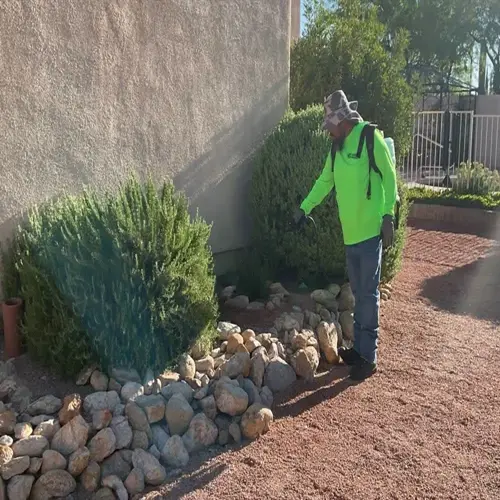How does mulching prevent soil erosion?

Written by
Nguyen Minh
Reviewed by
Prof. Martin Thorne, Ph.D.Mulch acts as armor for your soil, protecting it against erosion. It absorbs raindrops so they don't dislodge soil. I've observed that bare soil loses five times more dirt than mulched areas during storm events. The barrier also slows runoff, allowing for potential infiltration instead of eroded soil.
Organic mulches improve soil structure while controlling erosion. Wood chips decompose adding nutrients that help roots establish. Straw mulch creates air pockets improving water absorption. Apply 3-4 inch layers annually for maximum effect. I renew mulch before rainy seasons when erosion risks peak.
Impact Absorption
- Cushions raindrops reducing soil particle displacement
- Maintains soil structure during heavy downpours
- Prevents surface crust formation that increases runoff
Runoff Reduction
- Slows water flow by up to 90% compared to bare soil
- Creates micro-channels directing water infiltration
- Traps sediment moving from unprotected areas
Root Environment
- Maintains consistent moisture for faster root growth
- Moderates soil temperature extremes
- Adds organic matter improving soil structure annually
To gain the maximum benefit of mulching properly, you want to maintain a consistent 3-4 inch depth around slopes. Do not pile mulch against the stems of plants. When applying mulch to slopes, I can use erosion netting to hold the mulch. Reapply when the coverage drops below 50% to maintain alignment with my objectives.
Layer mulch with deep-rooted plants as a first line of defense. The mulch will protect the soil, and the roots will establish themselves. After a few seasons, the roots are the primary anchoring. I plant through a mulch layer with small openings. This method can reduce erosion by 95% in sensitive areas.
Check and maintain your mulch each year as needed. Check depth in late fall. Replace layers that have decomposed each spring. Remove any weeds as soon as they appear. I like to keep a record of my mulch quality with curated seasonal photos. Proper maintenance prolongs protection and helps maintain healthy soil.
Mulching changes vulnerable soil into resilient land. Use wood chips for moderate slopes. Use special materials like coconut fiber. In just three seasons, you will add rich soil that naturally resists erosion. My correction of degraded land is a simple and powerful technique.
Read the full article: 9 Effective Ways to Prevent Soil Erosion

